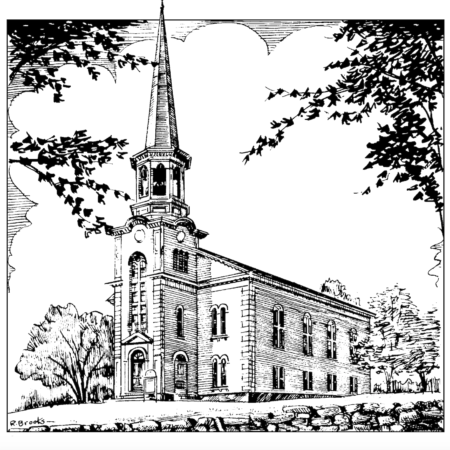The Gift of Inclusion
Acts 3:1-10
One day Peter and John were going up to the temple at the hour of prayer, at three o’clock in the afternoon. 2And a man lame from birth was being carried in. People would lay him daily at the gate of the temple called the Beautiful Gate so that he could ask for alms from those entering the temple. 3When he saw Peter and John about to go into the temple, he asked them for alms. 4Peter looked intently at him, as did John, and said, “Look at us.” 5And he fixed his attention on them, expecting to receive something from them. 6But Peter said, “I have no silver or gold, but what I have I give you; in the name of Jesus Christ of Nazareth, stand up and walk.” 7And he took him by the right hand and raised him up; and immediately his feet and ankles were made strong.
8Jumping up, he stood and began to walk, and he entered the temple with them, walking and leaping and praising God. 9All the people saw him walking and praising God, 10and they recognized him as the one who used to sit and ask for alms at the Beautiful Gate of the temple; and they were filled with wonder and amazement at what had happened to him.
Historical Context
This passage in which Peter and John heal a lame man is the first scene in the Book of Acts after the story of Pentecost in chapter 2. Luke told us how the church was formed by the gift of the Holy Spirit and baptism and gathered around the apostles’ teaching and now moves on to narrate examples of the apostles’ ministry in Jerusalem. This scene is part of a larger story: the healing is really the set up for the sermon Peter gives to the crowd of witnesses in Acts 3:11-26. The healing and sermon together, in turn, set up the first instance of persecution of the church in Acts when Peter and John are imprisoned and tried for their actions (Acts 4).
Theme: The Gift of Inclusion
At the start, the lame man begs outside the temple but the healing moves him from outside the temple to inside it, from someone not able to participate in the worshiping community to being part of it. The inclusion of outsiders stands in continuity with the ministries of Jesus and of the apostles. For such a calling to have true impact today, we need to identify those who sit near our gates, on the edges of the church or of society, who will find healing in being attributed with full worth and personhood by the church. Note that Peter did not require that the lame man believe in Christ to offer him healing. It was Peter’s belief in Christ that effected the healing.
Similarly, the church need not accept only those who believe and act like us. This passage calls congregations as well as individual Christians to reach out to the stranger, the other. In the name of Christ, we can offer healing to refugees, those of different socio-economic status, immigrants, the disabled, people of different racial and ethnic backgrounds, persons of different sexual orientations, and so forth. Those at the gates and the kind of healing needed by them may look different in different congregational contexts, but as we see in this text, the gift of inclusion is as old as the church itself.


0 Comments